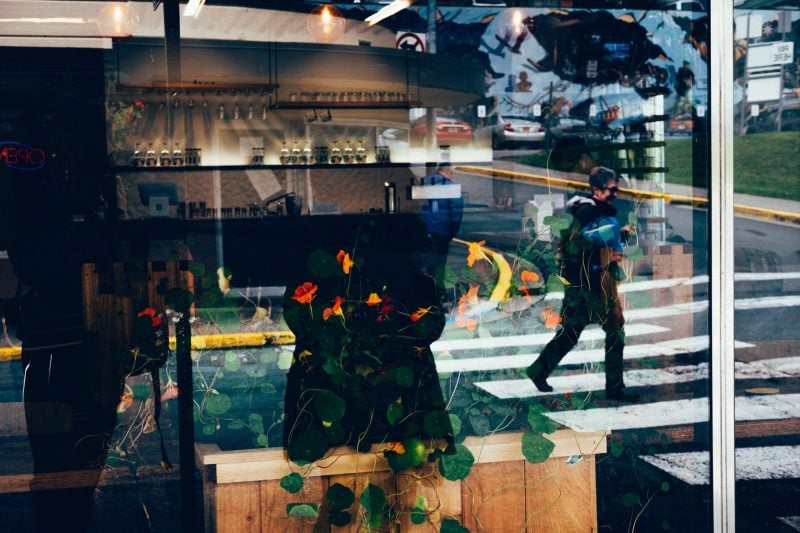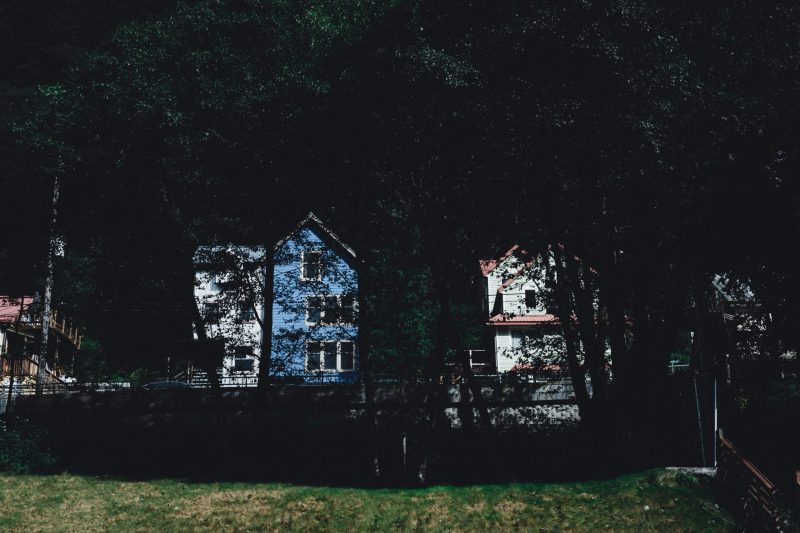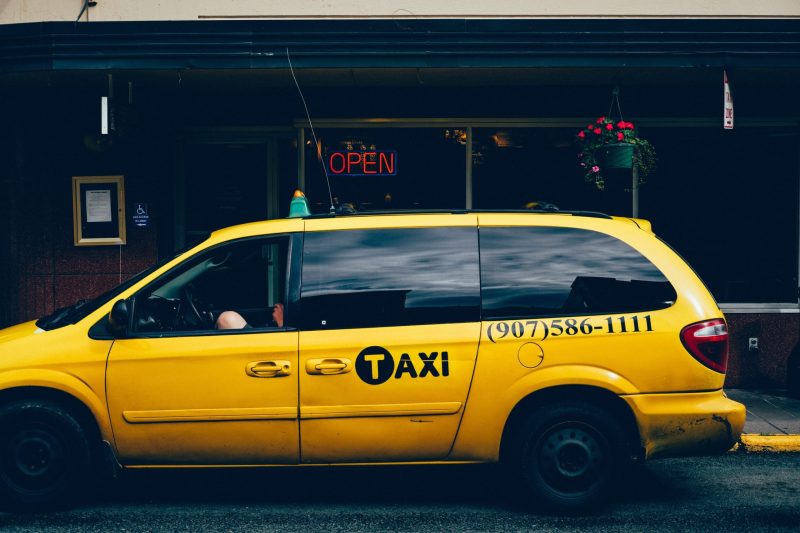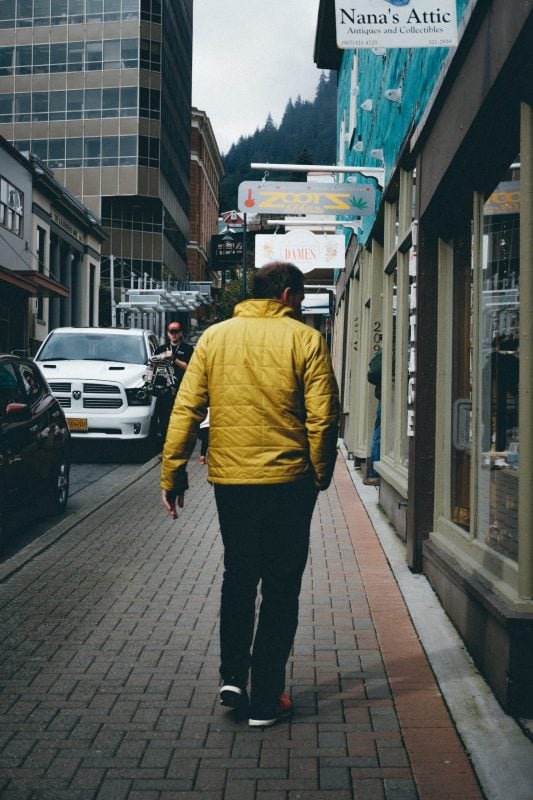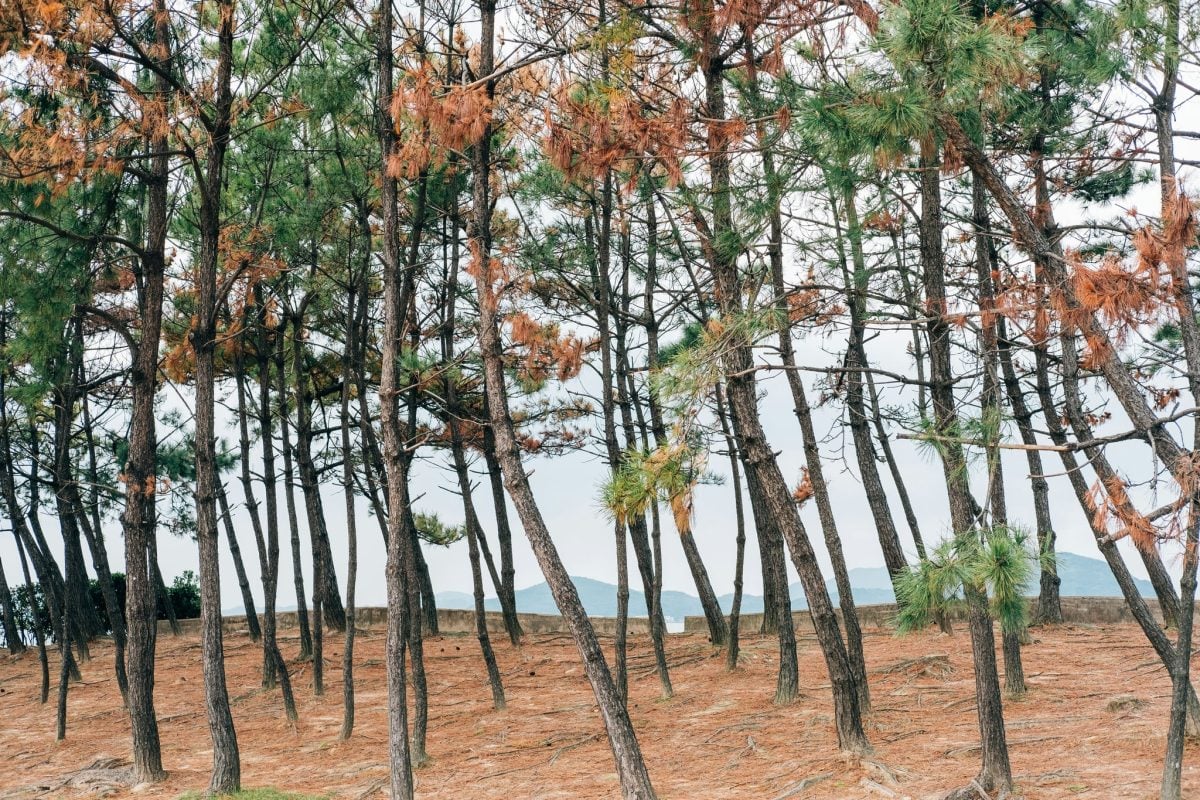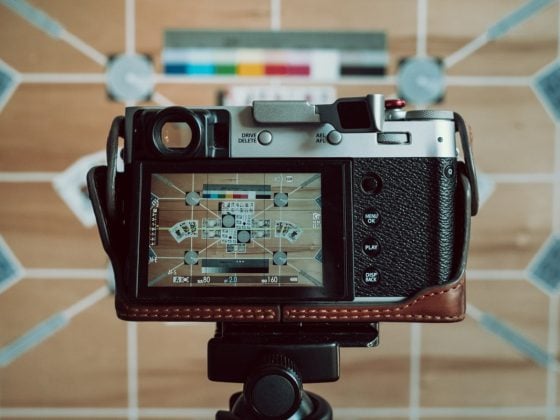The Fujifilm 35mm f2 R WR lens is one that you will fall in love with almost immediately. It’s small, fairly inexpensive, and produces nice image quality.
Although the Fujinon 35mm f2 is by no means perfect, the lens is priced in such a way that many of its flaws can be forgiven. It’s also incredibly durable, making this lens one of my first choices for anyone looking to jump into some primes.

Technical Stats
35mm Equiv – 53mm
Aperture Range – f2 – f16
Minimum Focus Range – 0.35m
Aperture Blades – 9 Rounded
Design – 9 elements in 6 groups / 2 ED, 2 ASPH
Coating – Super EBC
Filter Threads: 43mm
Order Links
Fujinon 35mm f2 R WR Black – Amazon / Adorama
Fujifilm Lens Hood LH-XF35-2 Black – Amazon
Also, check out the complete list of every lens for the Fujifilm X-Mount.
Fujinon 35mm f2.0 – First Impressions
This lens feels solid, unlike any of Fujifilm’s older lenses. The focus and aperture rings are buttery smooth yet give some good resistance. Fujinon lenses have suffered from this problem since they started doing everything fly-by-wire, and I’m really glad to see them moving in this new direction.
Fujifilm has taken the right step forward with this lens design, which also solves all the problems that many of its lenses suffer from, such as very loose aperture rings, no weather sealing, and slow AF.
Fujinon 35mm f2.0 Lens Review
When considering its use, feel, and overall design, the Fujinon 35mm f2 is one of Fujifilm’s best lenses. It’s no wonder it’s one of their best-selling lenses.
While the lens is a 35mm lens, it performs more like a traditional 50mm because of the APS-C crop. This is considered to be a normal field of view and is often compared to how the human eye sees the world.
The lens has a nice 9-blade rounded aperture, which gives the bokeh some character. However, I’ve also noticed some interesting shapes throughout the whole range of the lens. It also features weather-sealing and a very solid build, plus the new microprocessor for faster autofocus.
We can also find a nice coating, the Super EBC. However, I haven’t noticed much of a difference between the Super and the HT-EBC lens coating found on some of the other lenses. Perhaps it’s easier to keep clean, and it repels more dust and water.
who’s this lens for?
While it’s not going to give you a really up-close view of anything or a very wide view, I consider the 50mm to be sort of an everyday lens. It is especially nice for someone who also shoots a lot of portraits, friends, or family. More importantly, it’s a great lens for travel and landscape.
What about the XF35mm f1.4? This is a big decision many people have to deal with—the f1.4 or f2 lens. I don’t ‘think there is an overlap between the two. You might want both if you’re heavily invested in the Fujifilm system since they specialize in something the other does not. For example, the 35mm f1.4 has great rendering at that fast f1.4 aperture, and you will not get a better look for portraits. However, the f2 lens excels with utility, fast autofocus, and weather sealing, making it a better utility lens, especially for video.
What I Love
- Fast autofocus
- Excellent build
- Small and light
- Super fun to use
- Great price
What I Don’t Love
- Ugly lens hoods
- Sharp mostly just in the center
- Very soft in the extreme corners and edges
- I actually like the cat-eye effect, but some might not.

For this shot, I was using an Einstein 640 (with, I think, a 48″ octa) that sits in my living room at all times. It creates some nice, soft lighting, and this shot also illustrates how well this lens performs under controlled lighting.
Lens Design
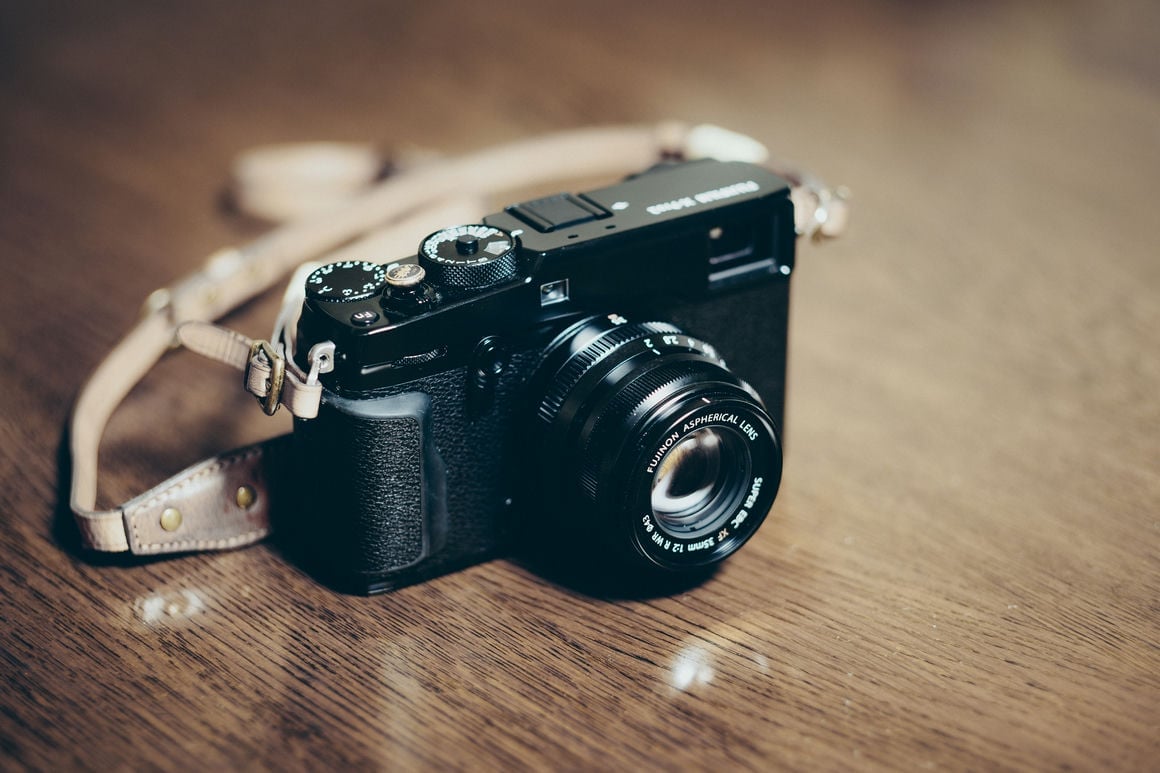
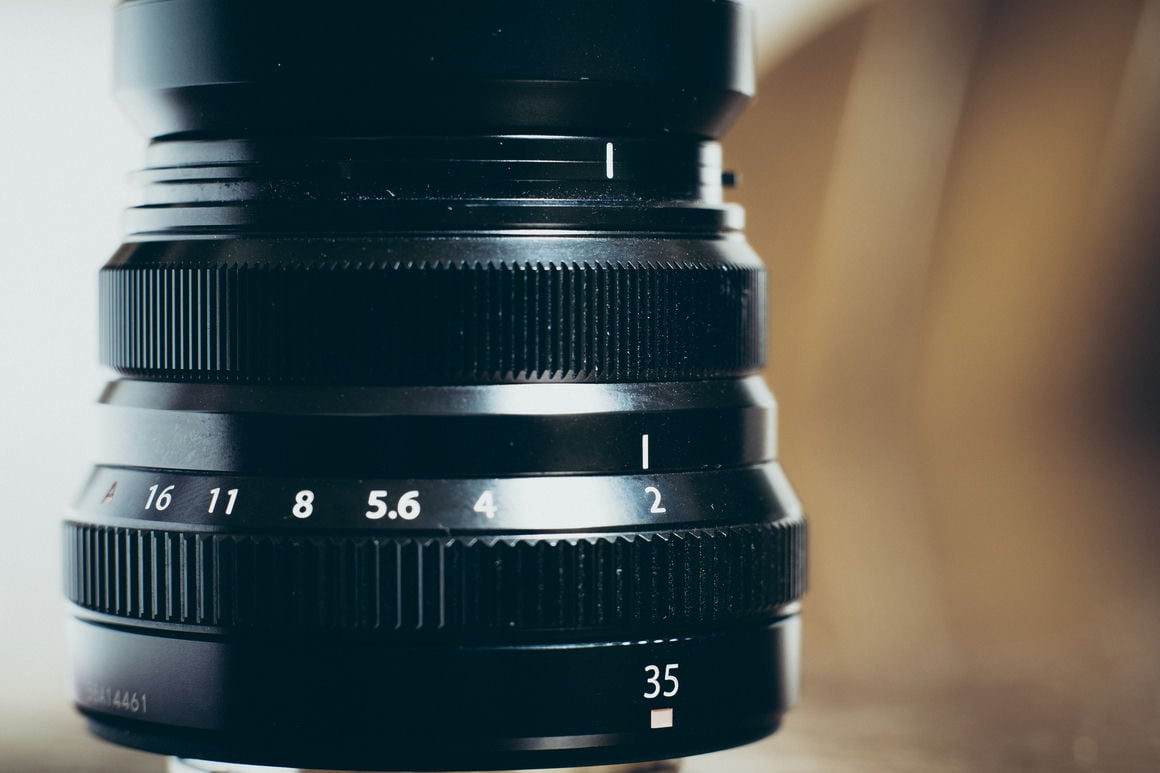
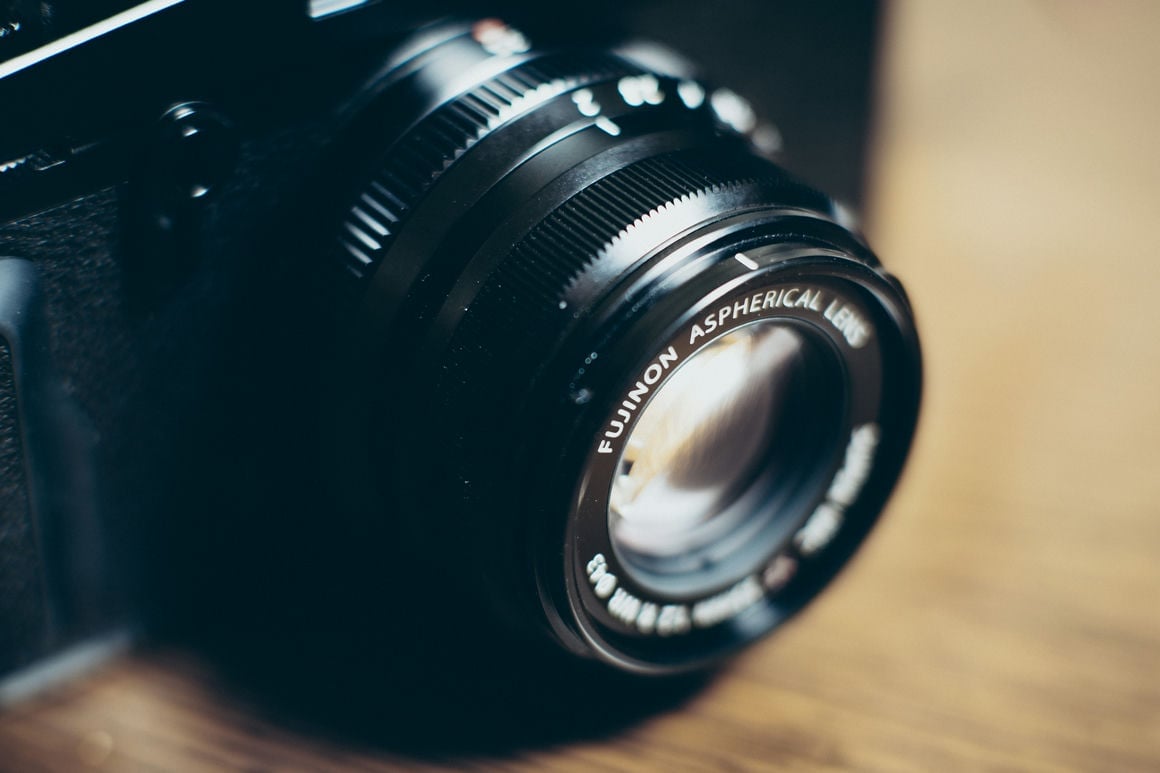
The design is everything you could ask for. Its 9-bladed rounded aperture produces very smooth bokeh. The weather sealing is a great feature, and its size makes it a very fun lens to carry around.
The two ED elements help control the green and purple fringing, while the two aspherical elements help control the corner sharpness and keep the coma under control.
- Aperture Blades – (9 Blade / Rounded)
- 9 Elements in 6 Groups
- Elements 2 ED, 2 Aspherical
- Weather-Sealed
- No Floating Element
- No OIS
Build Quality
The 35mm f2.0 lens is a step up regarding build quality from Fujifilm lenses. It’s one of the few lenses where you don’t have to worry about changing the aperture and focus if you pick the camera up incorrectly. Both rings have some really good yet smooth resistance, giving the lens a very solid feel in the hand.
I’ve also dropped the lens without any consequences, and after a year of shooting almost 3,000 photos with this lens, it’s still just as good as the day I got it. Something I can’t say about a lot of Fujifilm’s other lenses. Their lenses have seemed to be very fragile / sometimes with poor quality control / and are not durable. My experience with Fujifilm lenses has been the worst of any brand I’ve ever shot with. Maybe it’s just bad luck?
But Fujifilm seems to be taking the right step forward with this new design, so you can purchase this lens knowing it will be good for years. All the f2 lenses are durable and well-built. I’ve yet to have an issue with them.
There is also no rattling, even with the lens hood on—something rare from Fujifilm lenses.
- Focus Noise – Minimal
- Aperture Ring Resistance – Smooth yet firm
- Rattling – No
- Focus Ring Resistance – Smooth yet firm
Picture Quality
The Fujinon 35mm f2 picture quality is fun to work with, and this lens has a unique look. It’s fairly sharp in the center and has a very smooth bokeh at f2, but the edges and corners are slightly soft compared to the center.
One thing I like about this lens is that it maintains some nice sharpness even at f2.
Sharpness Chart
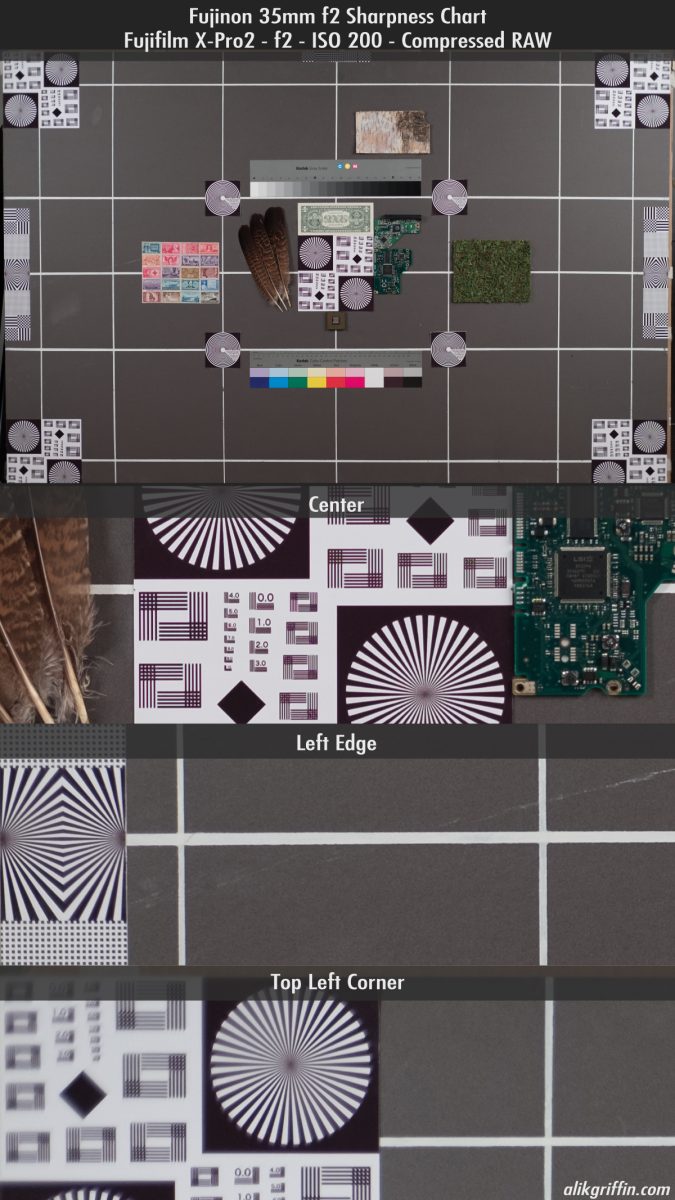
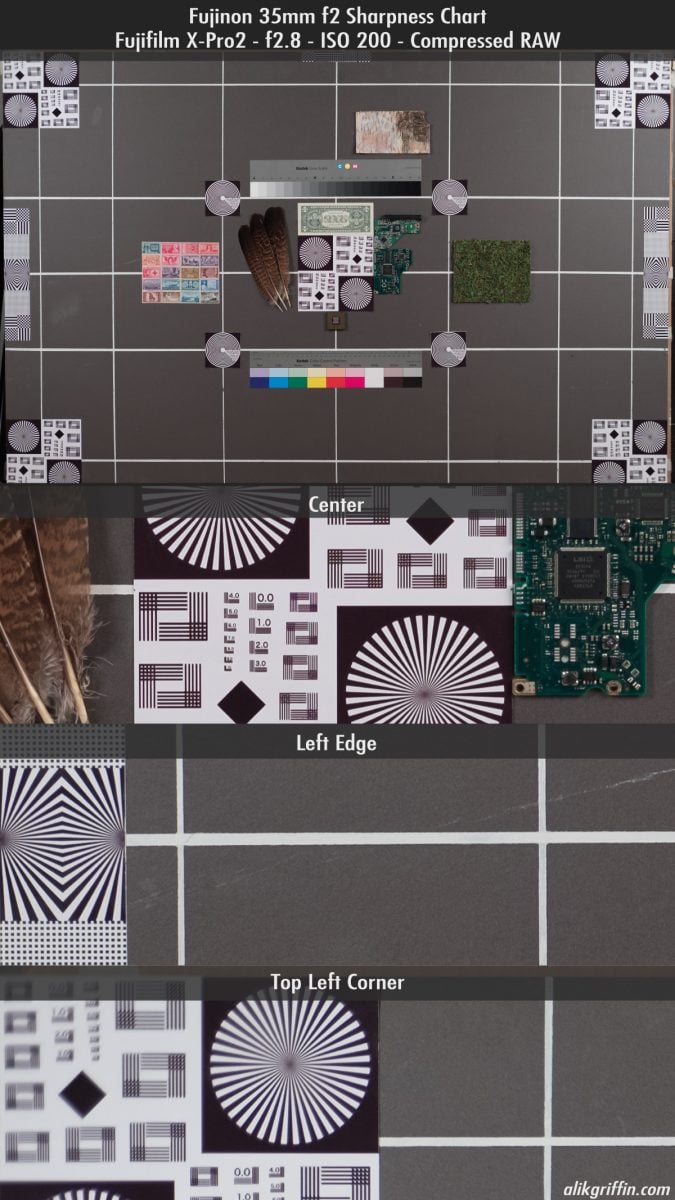
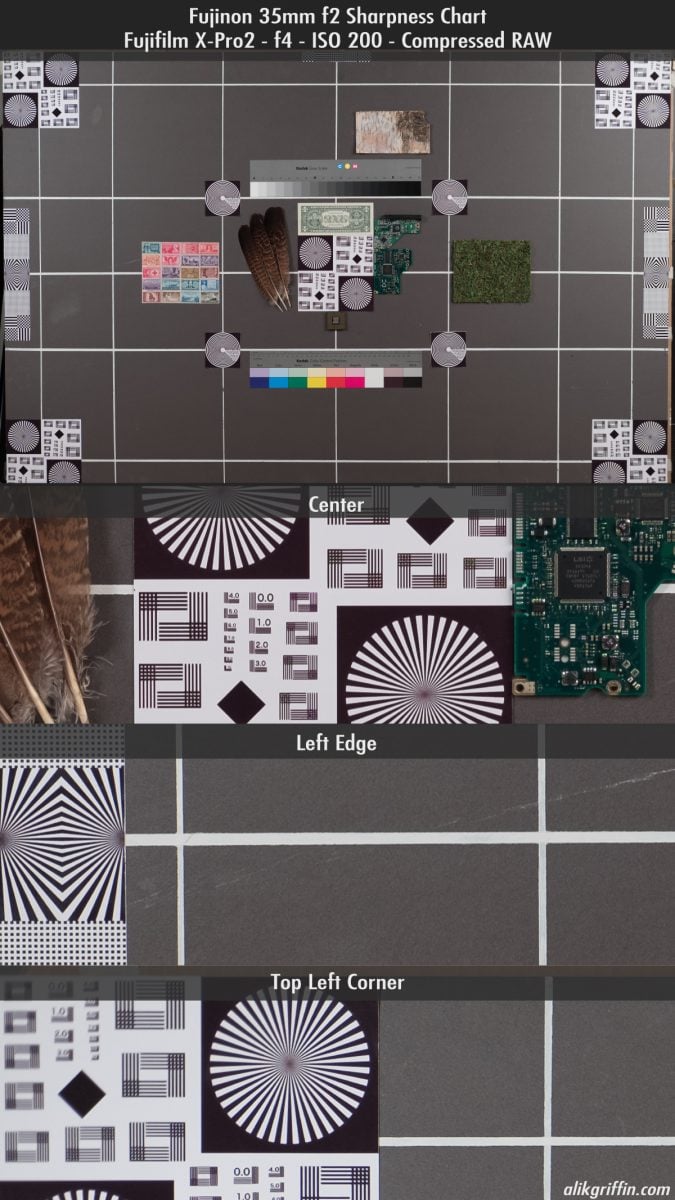

Diffraction / Center Sharpness
This chart shows how the lens performs across the aperture ranges. Keep in mind that these are Lightroom defaults with the X-T2. Fujifilm has pumped up the default sharpness with the X-T3 and newer cameras.
On the Fujifilm XT2, diffraction becomes apparent at around f8, but it’s not until about f11 that we see significant resolution loss. If you were shooting with one of Fujifilm’s 16MP cameras, you would not notice the diffraction as much as the pixels are much larger.
Even at f2 and f2.8, the lens is still very sharp in the center.
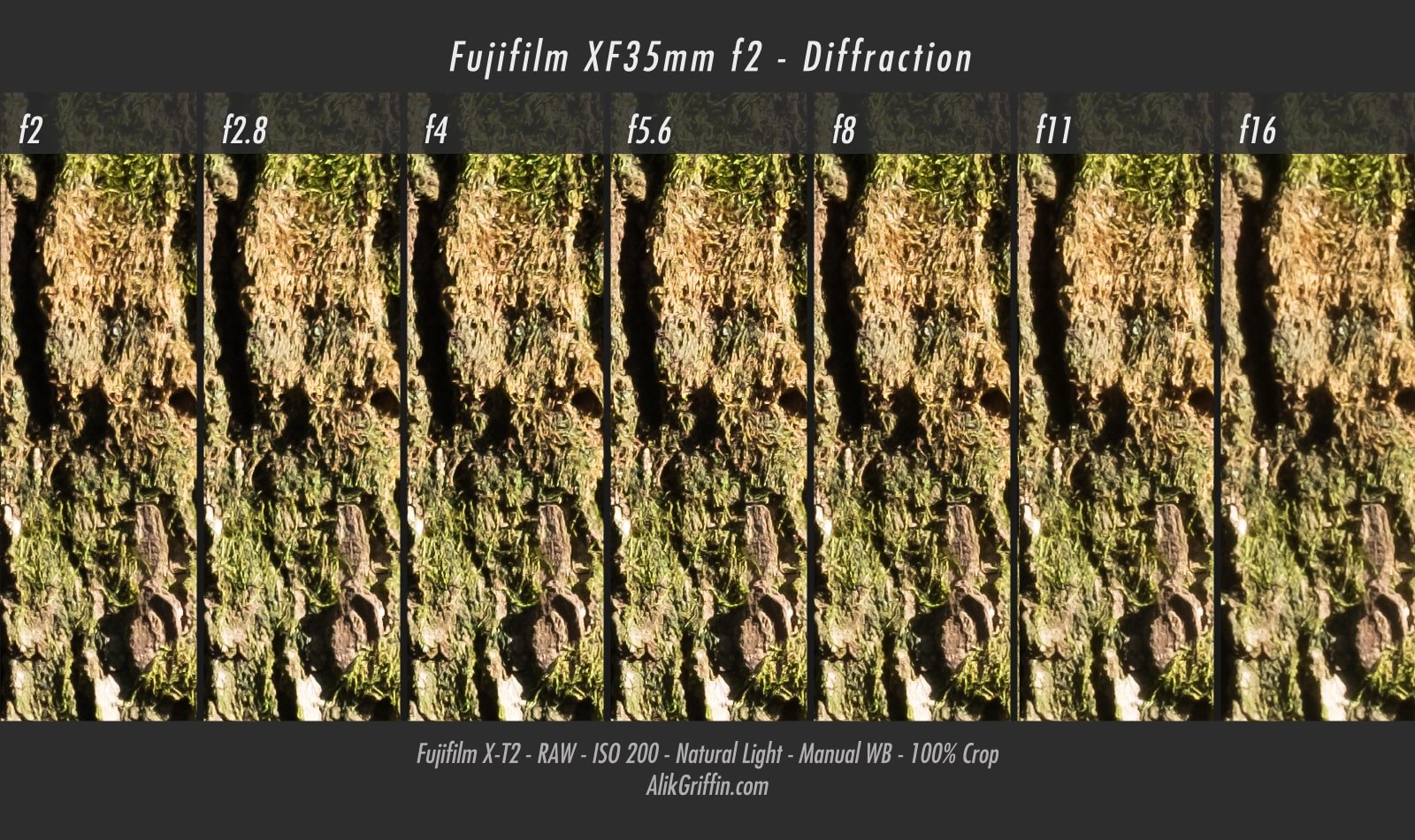
Beauty / Effects
The 9-blade rounded aperture makes a smooth and creamy bokeh, but the blades are only rounded when wide open, and it seems the foreground bokeh still has a little shape when wide open.
Like many Fujinon lenses, sun stars are not that easy to produce. You don’t get anything great when shooting under f11. So shooting for sun stars or nice street light stars will yield the best results unless you’re willing to sacrifice some sharpness by stopping to f11 and f16.
Bokeh
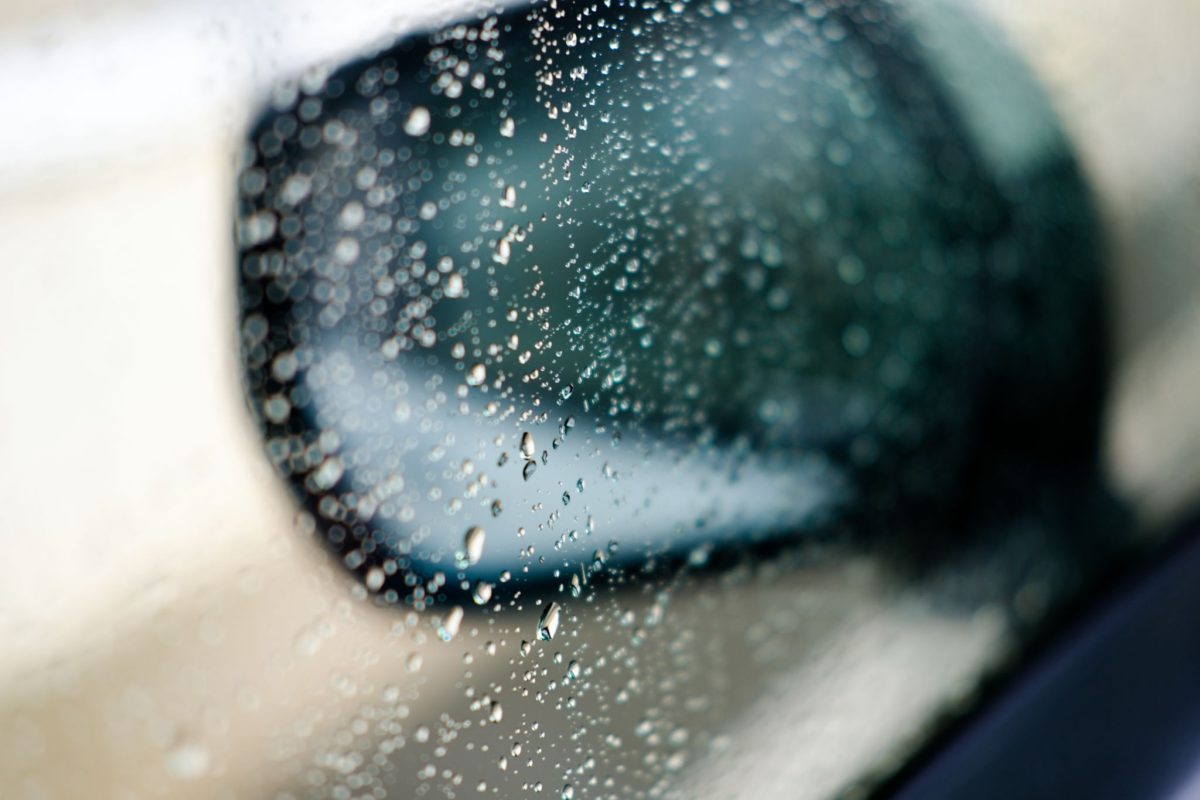

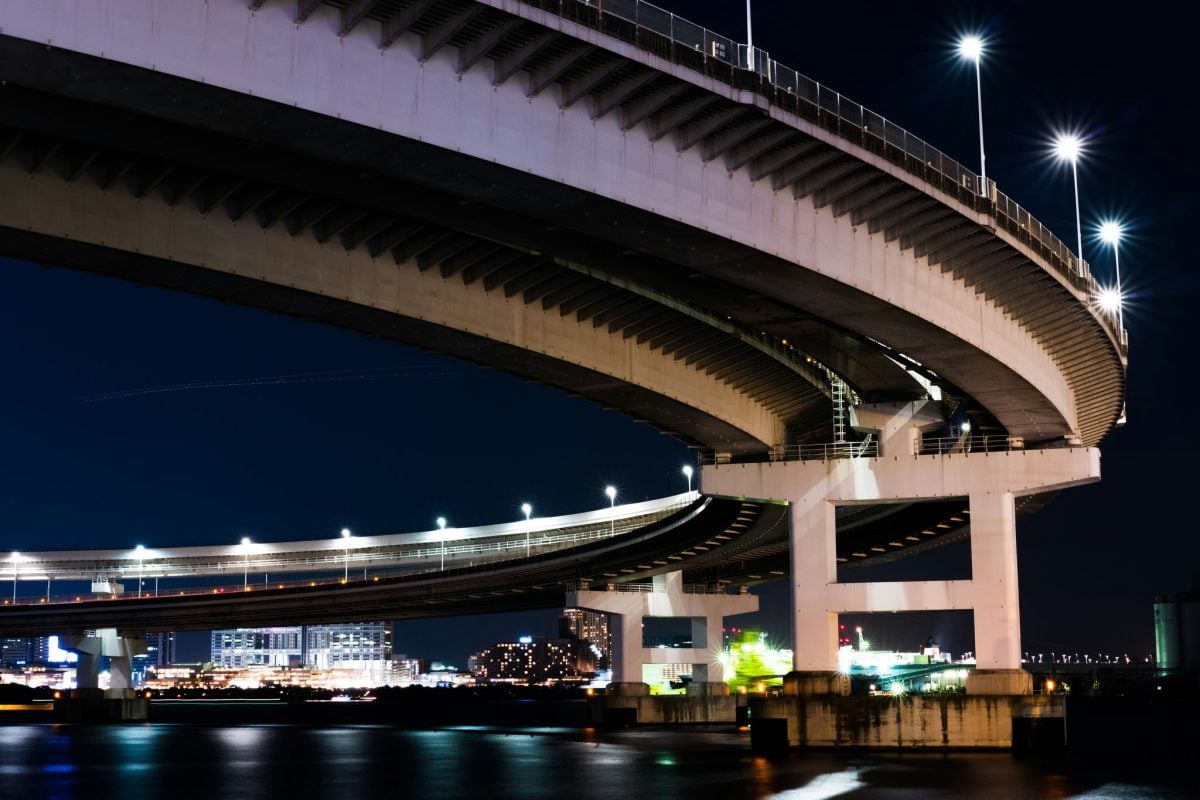
Fujifilm X-T2- ISO 200 – f11 – 20s
Flaring Ghosting
The 35mm f2’s flaring is very well controlled. It’s so well controlled that I find the lens hood that comes with the lens not that useful. It is necessary only in some situations where you want to eliminate veil flaring, but even then, veiling flaring is very well controlled.
At high apertures around f16, if you shoot directly into a bright object, you will get some red dot sensor flaring as shown above in the sun star sample.
Flaring & Ghosting
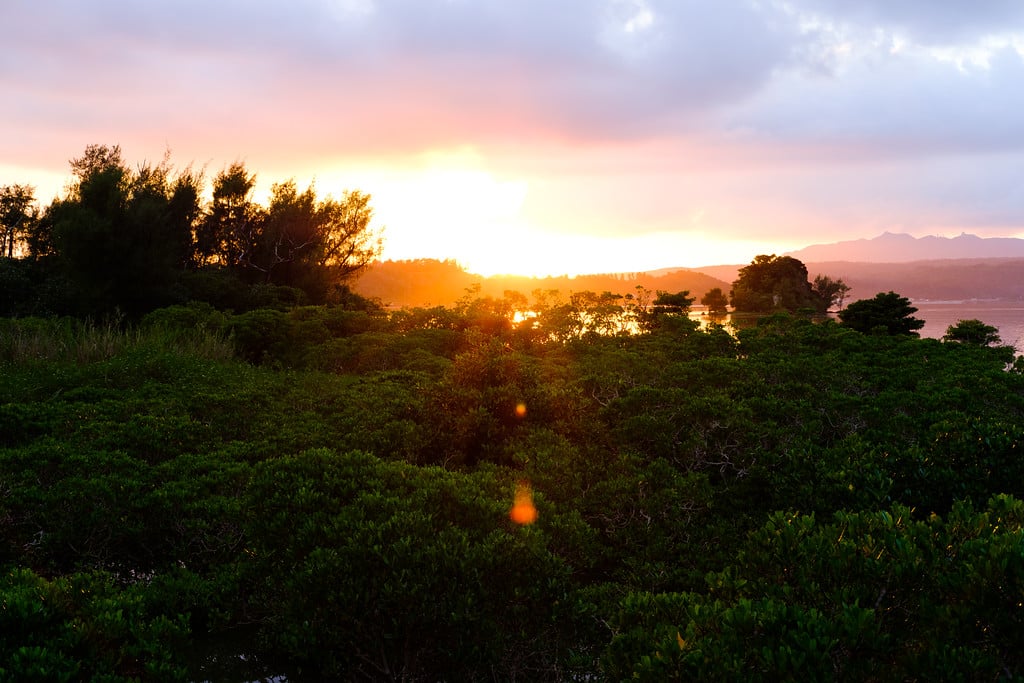
I struggled to get any orb action unless I shot directly into the sun. At most angles, the orbs would go away completely, and there was almost no flaring except for what was happening with the sun stars.
When there are orbs, they are not very pretty.

Even when the sun is at the edge of the frame, you still only get very little flaring.
Veiling Flaring

When the sun is outside of the frame, you can see some veiling flaring. I tried for a while at various apertures to get the lens to generate the best sample of this, but it’s very well controlled.
Rendering
Some lenses, especially smaller ones like this, will get strange color ring patterns or handle some colors better than others, resulting in hue shifts. I haven’t had any problems with this lens so far. Saturation always feels very even, and solid colors like the sky are always uniform with no artifacts or shifts towards the edges or corners of the frame.
Color Rendering
This lens has been great for shooting kids and friends. It handles skin tones very well and doesn’t usually need much contrast added in the post. Especially when in a well-lit area.
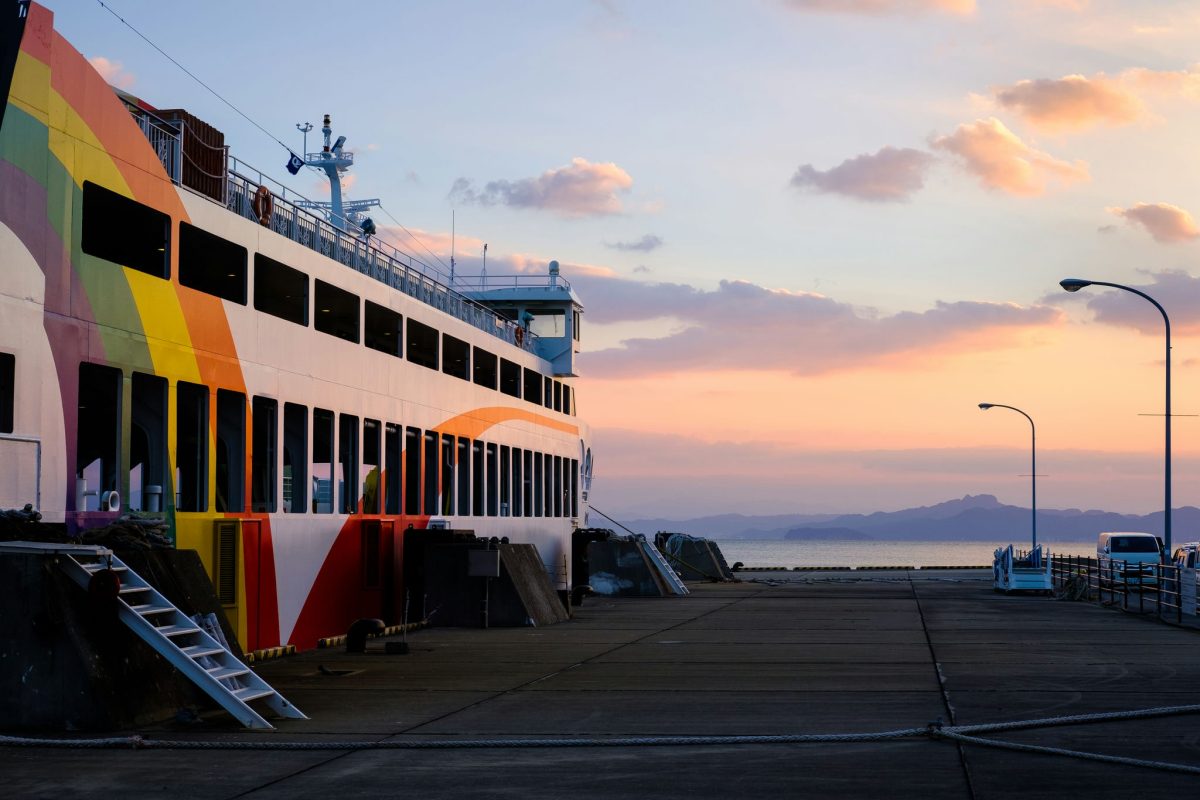
I also haven’t noticed any strange color shifts. Everything is uniform, and the saturation feels very even.
Contrast

This lens produces a nice punchy but clean look, especially with nice lighting. You’ll have to push the contrast a bit for low lights or interiors, but that’s pretty normal. The shot above is straight out of camera Arcos. No adjustments.

This lens is a lot of fun to use at night because, at f2, we can still get some nice quality even in these low-light conditions.
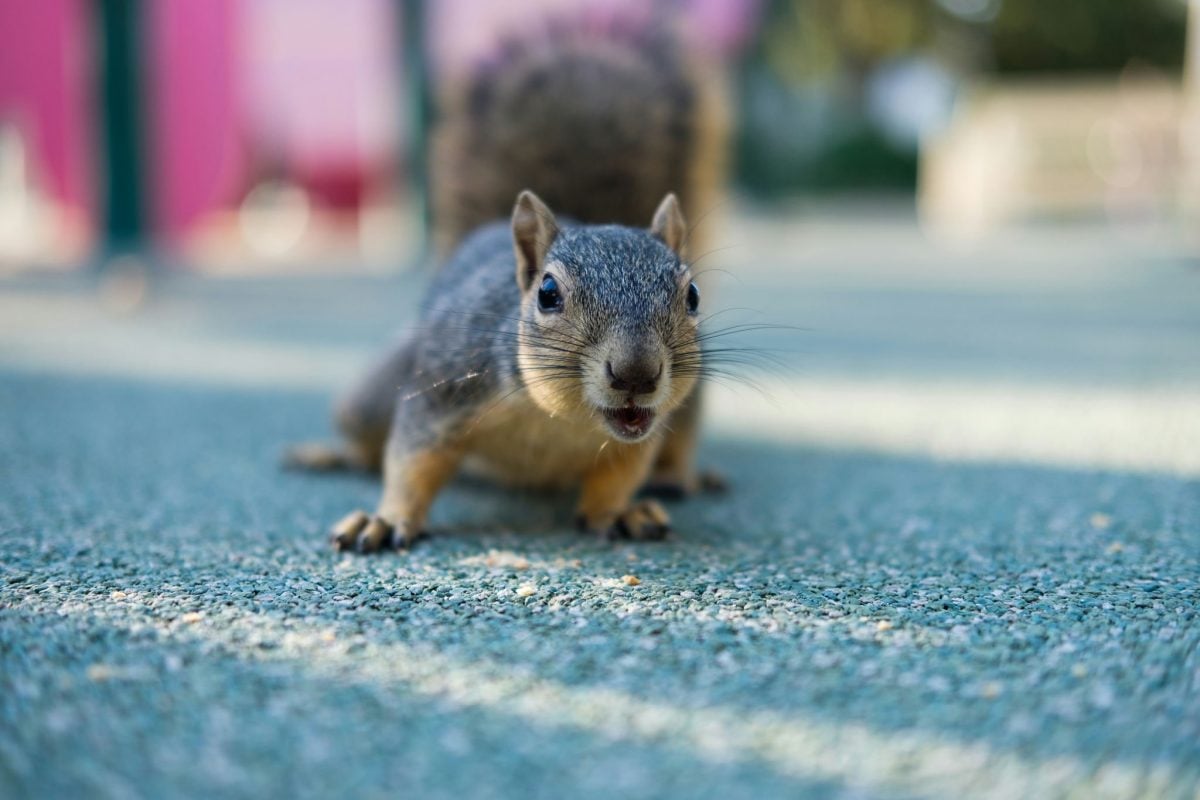
Technical Characteristics
The 35mm f2 falls short in terms of technical characteristics, which is understandable given its size. It has some problems with chroma and distortion, but the in-camera profiles control these, so you’ll never really see them unless you physically turn the camera off.
The minimum focus range is excellent. It is one of the better lenses out there in terms of just how close you can get to the lens while still being able to focus. But if you are shooting something very close, focus breathing affects the image, and it kind of zooms in quite a bit, causing the lens to perform maybe more like a 38mm.
Mechanical
- Minimum Focus Range – 0.35m
- Focus Breathing – FOV changes with focus
- MTF / Field Curvature (Astigmatism)
- Focus Shift
Aberrations
Because of the two ED elements, color fringing is very well controlled, and Fujifilm has built-in profiles that are correct for this.
The Cat Eye effect at f2 is very apparent. Some people like this effect in their portraits, but it can be distracting.
Color Fringing

I tried to get this lens to produce some chromatic aberrations under various conditions but came up empty-handed. However, my results are misleading because I was getting a ton of aberrations in the EVF. The X-T2 is good at getting rid of it when making the RAWs. Even when I turned off the lens profile in Iridient Developer, there were still no aberrations, which means Iridient doesn’t turn off the chromatic aberration correction the camera bakes into the RAW. Everyone wins because you won’t see it in any of your images.
The above sample is the best I could produce
Cat Eye / Petzval Effect / Coma

I like what the coma is doing in the top left of this shot. In the right environment, you could produce some stunning bokeh.
The Fujifilm 35mm f2 has a significant Petzval Effect. This is the swirling effect you get with the out-of-focus background. Sometimes, highlights and circular bokeh form cat eyes.
For shooting astrophotography, you’ll likely end up with a bit of coma along the edges and corners of the stars.

Refraction
Vignetting – Lightroom
(Build-In Lens Profile On)
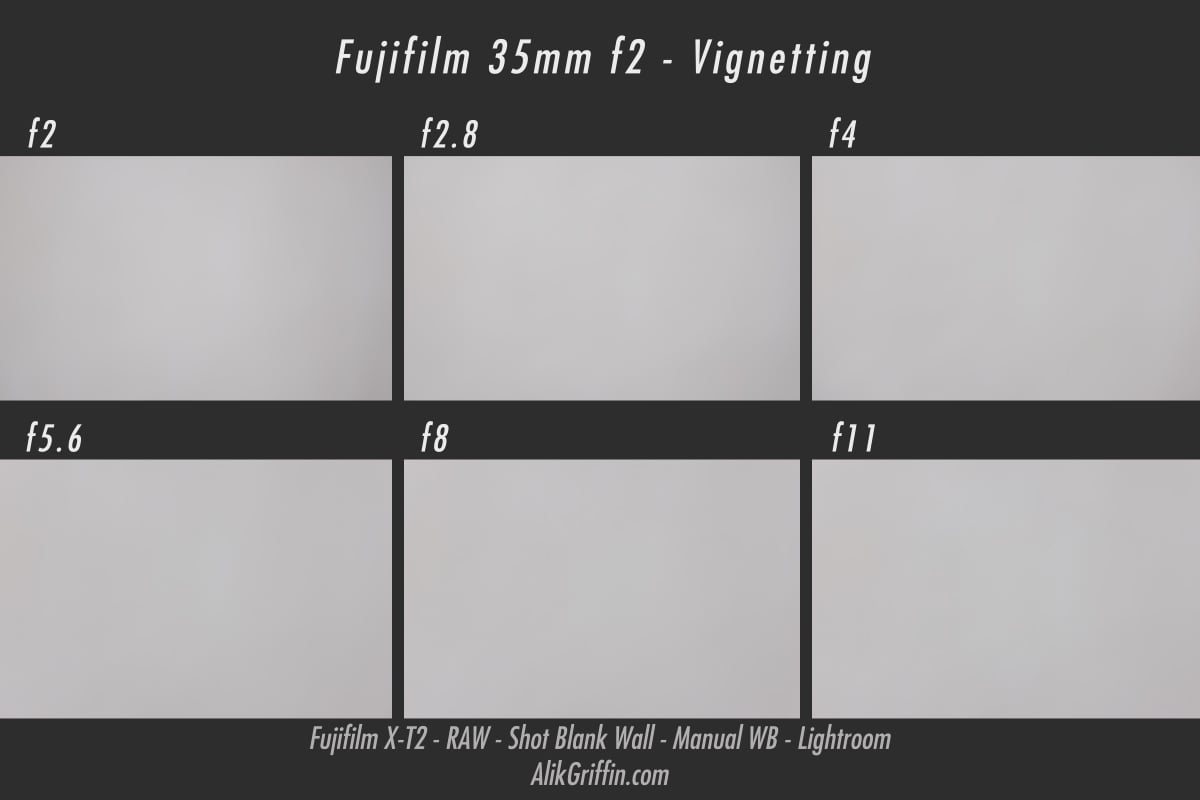
Lightroom forces the built-in lens profile to be on, which does a very nice job of cleaning up any issues with vignetting.
Vignetting – Iridient Developer
(Build-In Lens Profile Off)
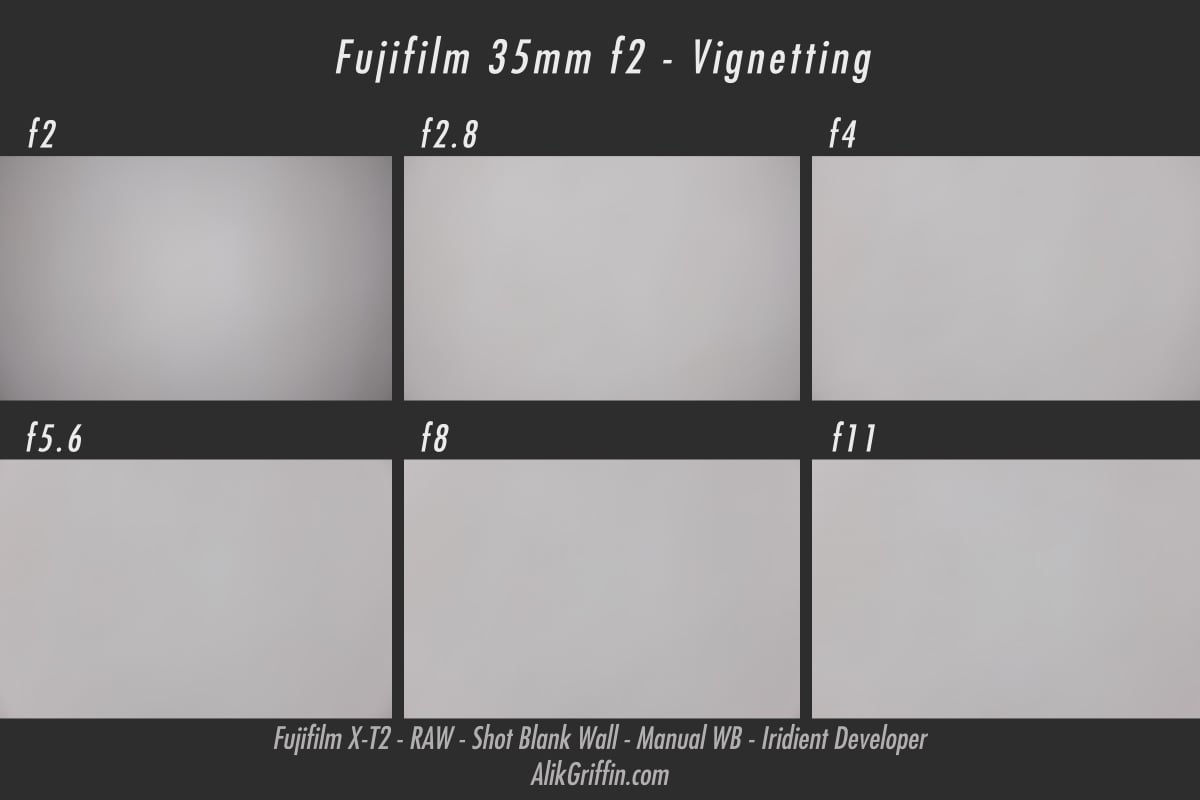
Without the built-in profile, vignetting is still well controlled except at f2 where it is most apparent on the left and right edges.
Lightroom Distortion
(Build-In Lens Profile On)
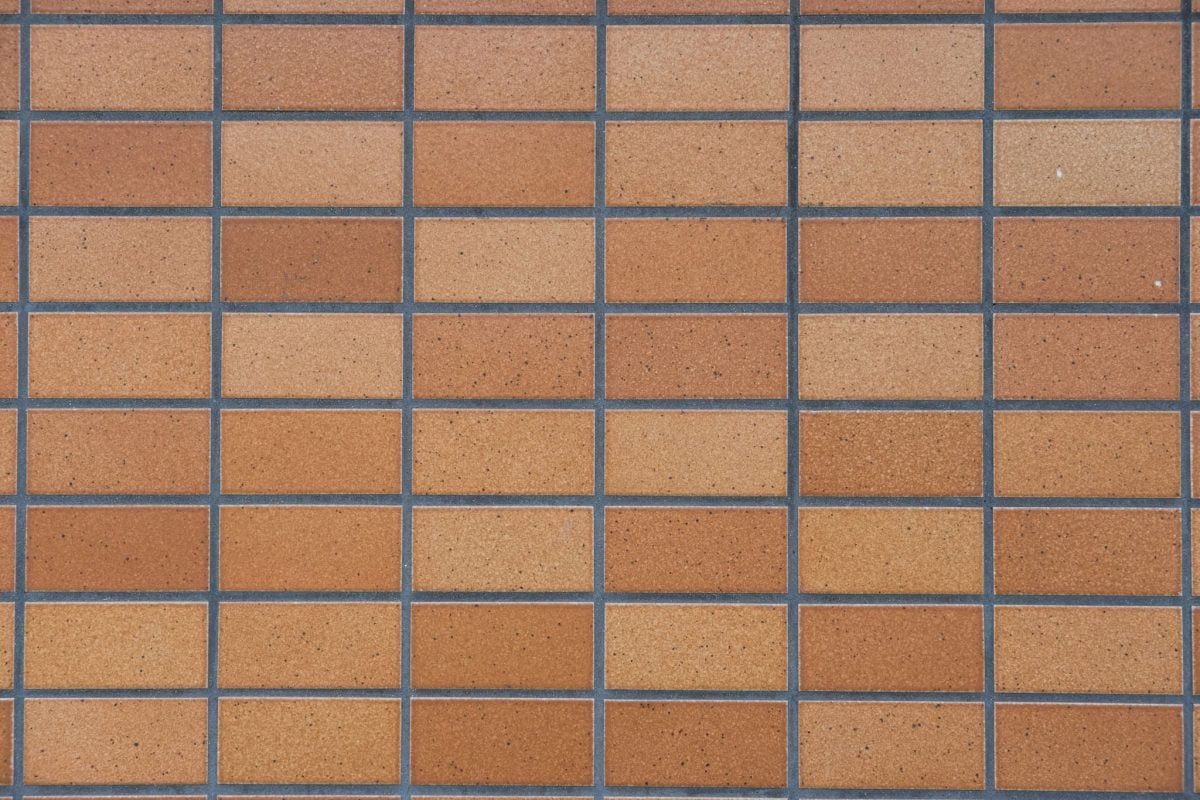
Fujifilm cameras typically bake in a lens profile correction in the RAW files that fixes distortion. In Lightroom, you cannot turn this off.
Iridient Developer Distortion
(Build-In Lens Profile Off)
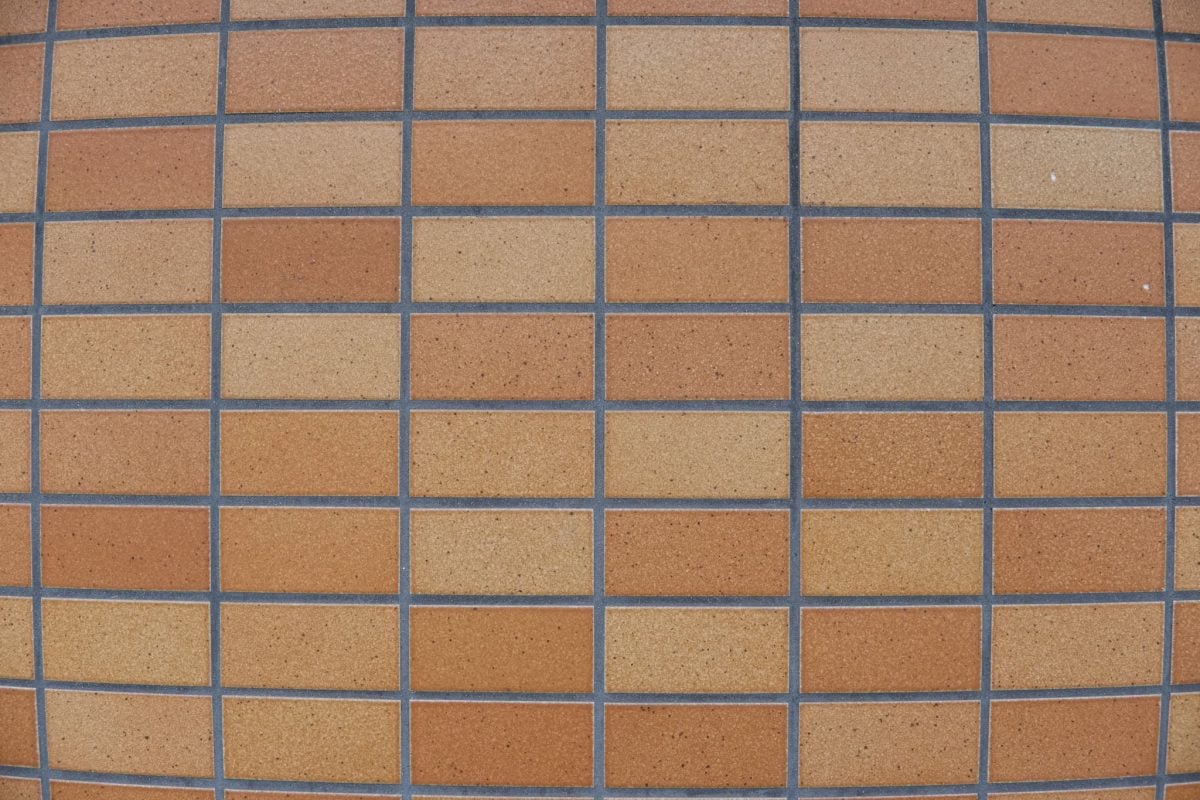
With Iridient Developer, you can turn off the baked-in distortion. Here, you can see that the Fujifilm 35mm f2 lens has some pretty significant distortion. The in-camera profile above even has some difficulty correcting it perfectly.
Fujinon 35mm f2 Lens Review – The Bottom Line
The Fujinon 35mm f2 is by no means perfect, but the unique characteristics of the images it produces and the build quality make for a very nice lens and is a must-have for prime shooters looking for a do-it-all lens.
What you get for the price is an amazing piece of hardware, and I don’t think any other brands have anything quite like this in this size. It focuses fast, is weather-sealed, and isn’t expensive either.
Fujinon 35mm f2 – Sample Images
